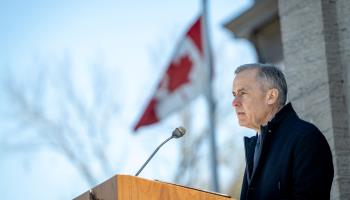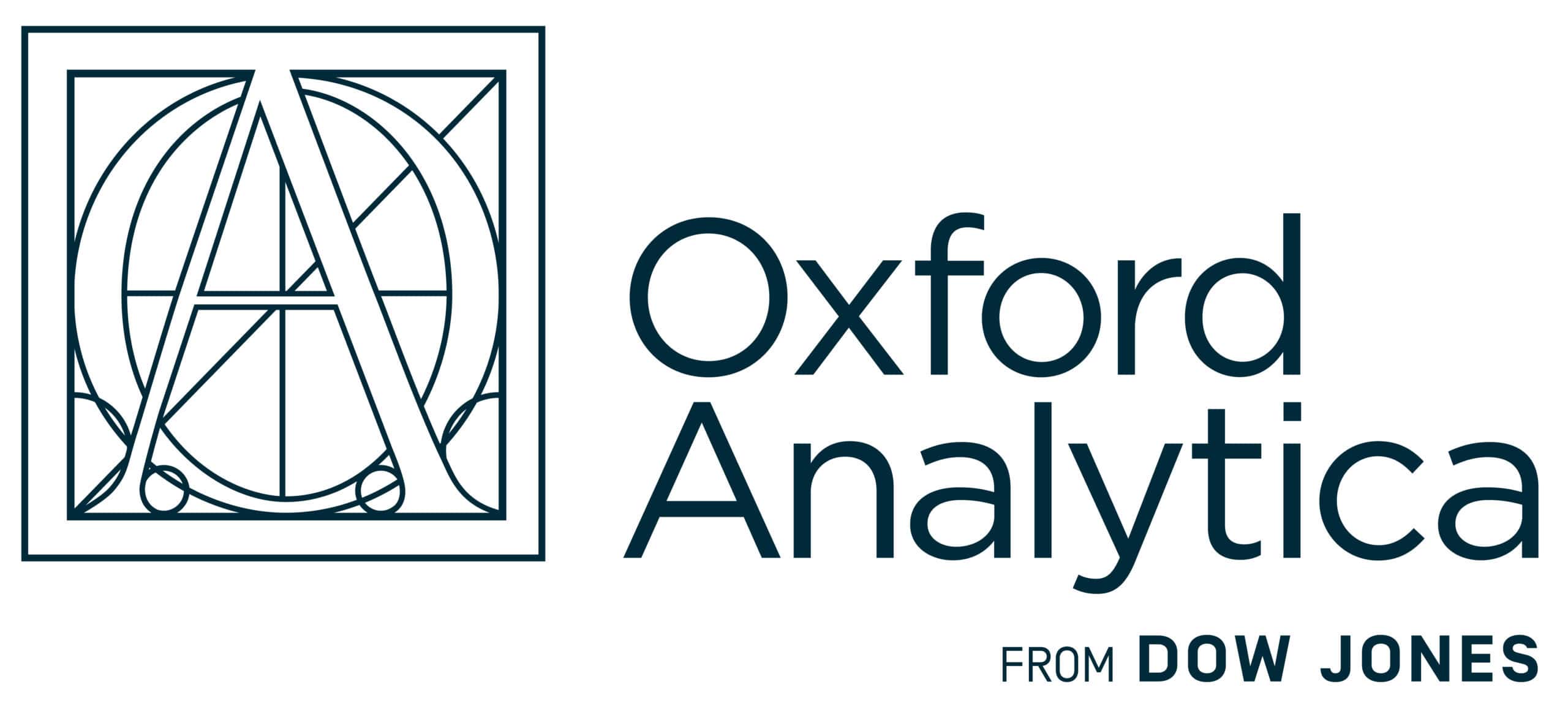With Conservatives’ 20-point poll lead having disappeared, Liberal Prime Minister Mark Carney has called a snap election
On March 23, newly installed Liberal Prime Minister Mark Carney called a federal election for April 28. The Conservatives led the Liberals by more than 20 percentage points on the day of US President Donald Trump’s inauguration but the five-week election campaign now begins with the two parties tied for support. The contest will be closely fought on the Liberal government’s record in government and US policy towards Canada.
What’s next
Subsidiary Impacts
- The New Democratic Party (NDP), to the left of the Liberals, will struggle, having fallen from 19% to 11% in polling since January.
- Canada chairs the G7 this year and its hosting of the annual leadership summit in June provides an opportunity to deepen ties with Europe.
- Even under a Conservative government, Canadian defence procurement will be more open than in the past to bids from non-US partners.
- Confrontations involving Indigenous people over the next two years are probable as new levels of natural resource activity cause friction.
Analysis
If Trump had lost last November’s US presidential contest, Canada’s Conservatives would have swept to a decisive majority in the country’s 2025 election, which the Liberal government would probably have postponed until the autumn. With the electorate turning against a decade of government under Trudeau’s leadership, at the start of the year the Liberal government was looking at its worst defeat for decades (see CANADA: Trump threats will erode Conservative support – February 28, 2025).
Instead, three factors have changed the political landscape:
- Trudeau’s decision to step down, triggering a party leadership contest;
- Carney’s overwhelming victory in that contest on a platform that moved away from Trudeau’s commitment to the carbon tax; and
- Trump’s threatened use of tariffs against Canada in conjunction with his heavy-handed comments about annexing Canada.
Carney: political outsider but establishment figure
Carney has posed as a relative outsider given his lack of a formal political role in Canada, winning the leadership race by running against many of Trudeau’s signature policies. However, in many more important ways he is a consummate establishment figure, having been the governor of two central banks during a career that has been embedded in the highest levels of Canada’s corporate, financial and political elite.
While this adds to his appeal with some Canadians, who view his technocratic image as a net positive, his lack of experience in retail politics may prove a disadvantage as the election campaign unfolds (see CANADA: Mark Carney is elected Liberal leader – March 10, 2025).
Poilievre: more experienced, less connected
His opponent, Poilievre, despite having been an MP since the age of 25, arguably has a more plausible claim to being an outsider having been in direct political opposition to the governing Liberals for a decade, and he has fewer connections to the country’s establishment. Poilievre, a disciplined and ferocious campaigner skilled in conveying simple slogans and harnessing populist energy, can be counted on to mount an effective political attack on Carney.
Poilievre is facing a different electoral question from the one he expected
However, having spent more than a year constructing a campaign centred on criticism of Trudeau and the carbon tax, both of which are no longer salient, the Conservatives have struggled to adapt to the political changes caused by Trump’s statements and actions. The central question for voters now is not whether the Liberals deserve four more years in government, but which party leader is best placed to protect the country from Trump. This is not what Poilievre prepared for.
Long-term policy issues
While the two parties will campaign on differing approaches to areas such as taxes, healthcare and public services, several policy issues look decided whoever wins the election next month.
Climate policy
Neither party will retain the carbon tax, Trudeau’s central climate policy, in its present form. Carney is likely to replace it with a system of dedicated levies intended to nudge rather than force large industries and consumers towards more climate-friendly decisions. Poilievre has been clear in his intent to scrap it altogether, although some investment in technological solutions to carbon pollution will likely remain. Provincial governments will continue their current climate policies regardless of federal changes.
Defence spending
Canada’s defence spending will rise dramatically no matter who wins the coming election. The absolutely minimum target to reach is 2% of GDP by the end of the decade (see CANADA: Defence spending faces criticism – June 20, 2024), but more will be needed to tackle the Canadian military’s structural problems with poor recruitment, low morale and convoluted procurement.
Diversifying defence procurement beyond North America may prove expensive
Major military purchases will be made during the life of the next government no matter which party is in power, and Carney has already indicated an intent to look beyond US suppliers where possible. However, while speedy new purchases from defence contractors in Europe will be possible (if expensive) with revisions to government procurement rules, Ottawa will have to weigh the detrimental impact on relations with Washington.
Natural resources
There is now consensus between the major federal parties and most provincial governments that natural resource development is a matter of national security. The Liberal government’s controversial environmental impact legislation, Bill C-69, will be scrapped if the Conservatives come to power, and at the very least heavily modified if Carney’s Liberals win.
Internal trade barriers
The ease of north-south trade with US markets has long delayed the lowering or dismantling of internal barriers to east-west, inter-provincial trade. Unprecedented action in recent weeks to tackle these obstacles, now also seen as a matter of national security, will continue regardless of the election outcome with the harmonising of regulations, licensing and procurement policies, and agricultural quotas.
Immigration
Immigration will continue to fall from earlier projections as the next government maintains the retreat, begun last year by Trudeau himself, from earlier annual targets of half a million new residents (see CANADA: Immigration will be key election concern – October 1, 2024). International student and temporary worker populations are already being cut, and further resident visa reductions will slow the country’s population growth which is now dependent on immigration.
Western tension
While current tensions with Washington have given a strong boost to Canada’s sense of nationhood, friction continues between Ottawa and Alberta, where conservative Premier Danielle Smith regards the Liberal government as deliberately acting against the interests of the province’s energy sector (see CANADA: Tariff threat response exposes differences – January 16, 2025).
Alberta’s government remains out of step with much of Canada
While victory for the Alberta-born Poilievre, aligned with Smith on energy policy, would ease these tensions, a Carney win followed by a failure to offer significant concessions would carry the risk of triggering a secession referendum. While this would be largely symbolic, with little likelihood of a vote in favour of leaving, the possibility of US intervention if such a campaign were to be held — in perhaps the only province which the United States has a real economic interest in absorbing — would make the outcome less certain.
Carney will be aware of the danger, but Smith’s price for relative peace with a new Liberal government is likely to be high.

Prime Minister Mark Carney announces the election date after meeting with the Governor General in Ottawa. March 23, 2025 (Andrej Ivanov/Getty Images)
Analyst

Dr Giles Alston
Deputy Director & Senior Analyst,
North America

